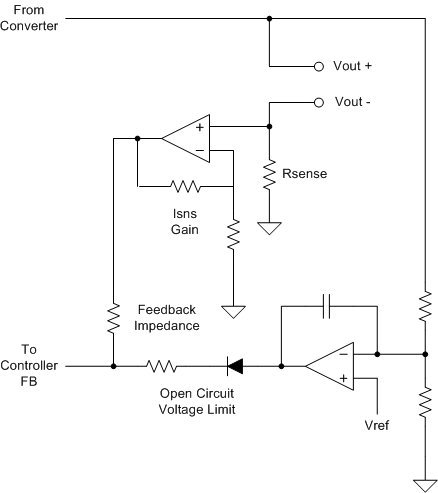Hello friends,
I am working on an application which works some what on the principle of Electrolysis. I have 2 electrodes (aluminium and copper) which are placed inside a metal box containing salty and impure sea water. Both the rods are applied +ve voltage and the body of the metal box is grounded ( in this electrolysis the current is actually flowing from the electrodes to the metal container) and some impurity is getting deposited on the aluminium rod. Now i have a very old and bulky system which has a Constant Current source from 0 to 1A, which can be controlled with a potentiometer.But the system is very bulky as it uses transformers and heat sink mounted transistors, but i have a feeling that with the revolution in semiconductor electronics the system can be reduced to a single board with some really small IC's like the TPS or something like that. TPS is a great league of black magicians, its unbeleiveable what this IC can do in such a small size, but most of the documents and application of TI websites explains it as a voltage regulator, but i guess it can also be used as a Constant Current Source over a range of 0-1A. Can some one plz provide some help about how to design it.


